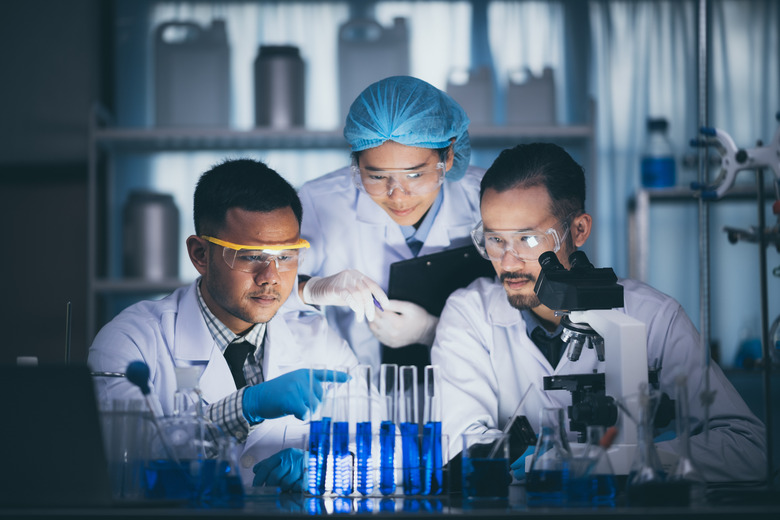Breakthrough Diabetes Cure Might Restore Insulin Production And Reverse Illness
Diabetes isn't curable because of the cells that produce insulin, the hormone key to helping the body break down blood sugar. These are the beta cells in the pancreas that either can't make enough insulin (type 2 diabetes) or are attacked by the immune system (type 1 diabetes). Without fixing the pancreas's ability to produce insulin that meets the body's needs, you can't cure diabetes.
The only treatment options aim to improve the condition and ensure that blood sugar levels stay within normal parameters for as long as possible. That involves various drugs or insulin shots. Type 1 diabetes will always require insulin therapy.
However, researchers are trying to figure out a way to restore the pancreas's insulin production function. This can effectively cure diabetes, as those beta cells can resume insulin production, which will help the body break down blood sugar effectively.
We saw such good news coming out of China a few weeks ago. Researchers used a man's blood to create stem cells and turn them into pancreatic islet cells in a lab. Transplanted back into the body, the cells grew new pancreatic tissue capable of producing insulin. The doctors were able to cure diabetes this way, as the patient remained insulin-independent after nearly three years.
A new development on the matter comes from Mount Sinai and City of Hope researchers. They've achieved the same result, increased insulin production, with the use of drugs that significantly increased the pancreas's number of beta cells. A therapy based on the breakthrough discovery might cure at least one type of diabetes in the future.
Rather than creating beta cells in a lab using stem cells from the donor-recipient, the Mount Sinai and City of Hope researchers focused on growing the insulin-producing cells inside the body.
For the experiments, they used two types of drugs on mice suffering from type 1 and type 2 diabetes. These are harmine, which is a natural molecule found in certain plants. Harmine will block an enzyme in the pancreas (DYRK1A). The second drug is known as a GLP1 receptor agonist or a class of drugs best known for the Ozempic medicine widely used in recent years for weight loss.
The researchers implanted human beta cells into the mice and gave them the dual drug therapy. After three months, the experiment showed that the beta cell numbers increased by 700%. Thus, the diabetes was reversed and effectively cured. The animals stayed diabetes free even after a month of stopping the therapy.
"This is the first time scientists have developed a drug treatment that is proven to increase adult human beta cell numbers in vivo," Dr. Garcia-Ocaña, the paper's corresponding author, said in a statement. This research brings hope for the use of future regenerative therapies to potentially treat the hundreds of millions of people with diabetes."
Previously, the team had shown that blocking the DYRK1A enzyme can induce beta cell growth. But those experiments happened in dish cultures in a lab. The real breakthrough here is the ability to reproduce the same effect inside a living creature (in vivo). However, this is only the first step towards creating a diabetes cure available to patients.
The Mount Sinai team has completed a phase 1 clinical trial of harmine in healthy volunteers to test its safety and tolerability. Separately, researchers have developed next-gen DYRK1A inhibitors. These drugs should be tested in human trials next year.
That's not the only problem the researchers need to overcome for this therapy to become a successful cure for diabetes. They also want to address the fact that type 1 diabetes is caused by the body's immune reaction. Immune cells destroy beta cells. The immune response has to be reduced or prevented, so the growth of new beta cells the therapy would induce can survive and create insulin.
The full study is available in Science Translational Medicine.
